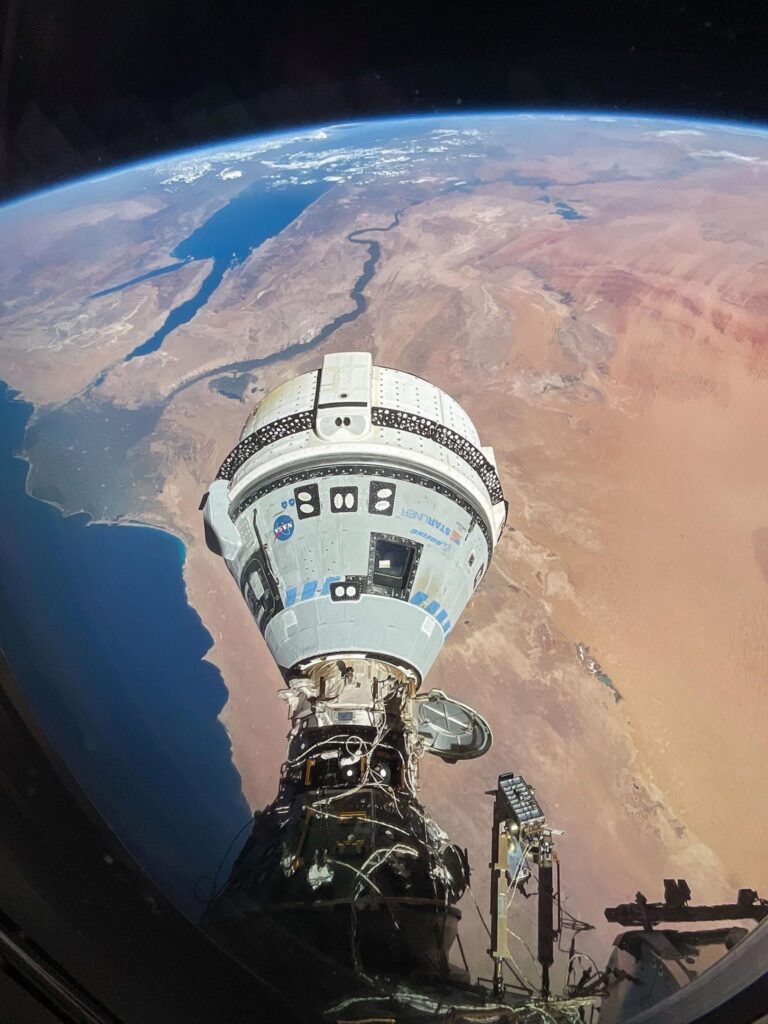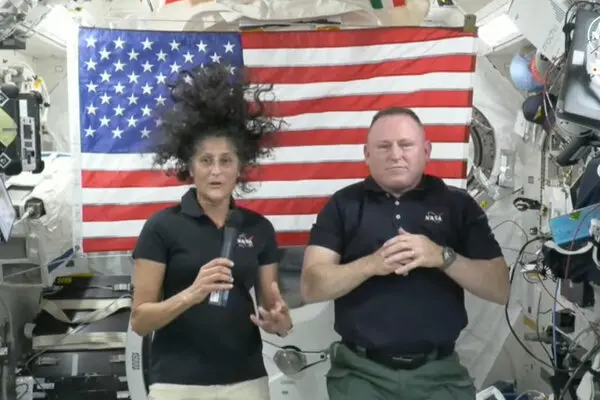Starliner’s Mission
Over a month ago, on June 5th, Boeing’s Starliner spacecraft launched towards the ISS with two astronauts on board. After numerous delays leading up to its first crewed flight, everyone was waiting with bated breath for the mission and its outcome. And while the astronaut duo of Butch Wilmore and Sunita Williams did make it to the ISS the following day, it was not without issues. Due to helium leaks in the propulsion system and anomalies with the reaction control system thrusters, the docking with the ISS was delayed a couple hours. But that’s not where the mission’s delays ended. Because of the various technical issues, Starliner has been unable to take its crew back to Earth. This has turned a planned 10-day mission into a 48 days and counting affair. So, let’s take a look at what the next steps are.
Ground Tests and Next Steps
The first thing to figure out was what exactly went wrong with Starliner and its helium leaks. This has been the focus of the ground research and testing conducted by NASA and Boeing, as it is essential to enable Starliner to bring its crew back. As of July 22nd, the ground tests on Starliner’s Reaction Control System have just concluded. These included many simulations aimed at recreating the conditions experience by Starliner on its journey to the ISS. In fact, the Control System Thruster was put through rigorous launch-to-docking firing sequences. Over 1000 pulses were used to replicate Crew Flight Test conditions. These were also purposely made longer and more frequent, in order to better match the high thermal conditions experienced by Starliner in its flight.

The simulation, however, is just one part of the process. Now the focus is on analyzing all the data generated by it as well as conducting thorough inspections of the engines. The goal is to get the most comprehensive picture of what exactly happened with Starliner, and what steps are needed to make it flight ready. This will culminate in the Agency Flight Test Readiness Review, which will be the ultimate determining factor in whether Starliner is able to take its crew back to Earth. In case this proves to be unviable, SpaceX’s Dragon could potentially be used to take the crew back to Earth. However, Steve Stich, NASA’s Commercial Crew manager, does not see the need to utilize this option yet.
Starliner’s Crew and Their Time on the ISS
In the meantime, astronauts Williams and Wilmore have been supporting Expedition 71 aboard the ISS. Williams has been taking part in groundbreaking studies revolving around the use of microgravity to produce higher quality optic fibers. And both have been undergoing real-time vein scans to provide more data on how microgravity affects the body. So, while their stay has gotten an unexpected extension, they have been able to make the most of it.

More news are expected to come soon, so stay tuned to our page to follow how this story unfolds. Before leaving you, I would just like to wish the best to Starliner’s crew. We all await your safe return here on Earth.





